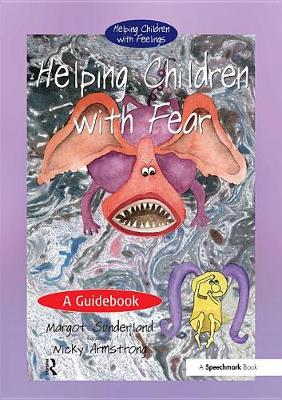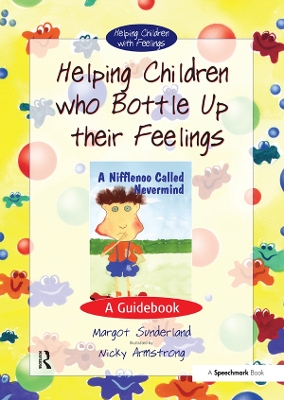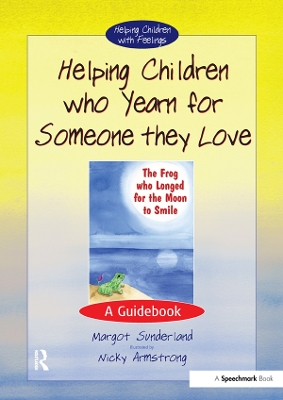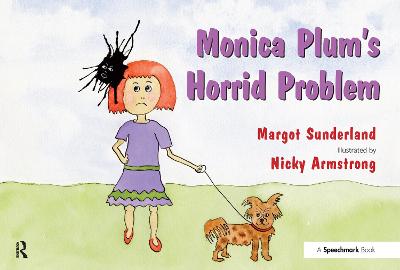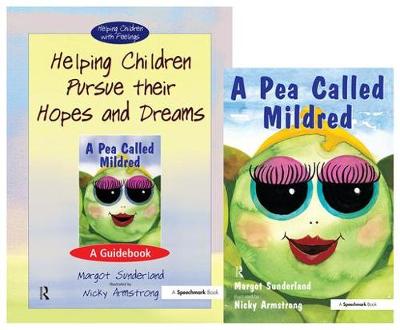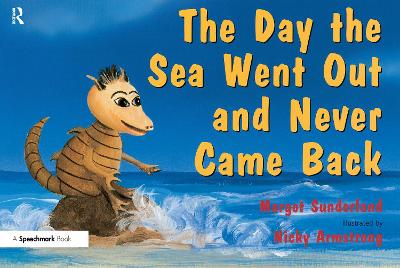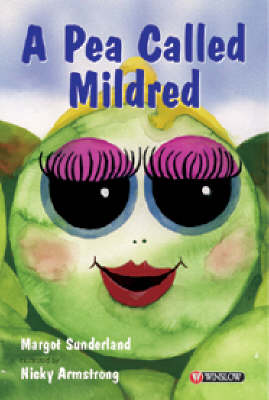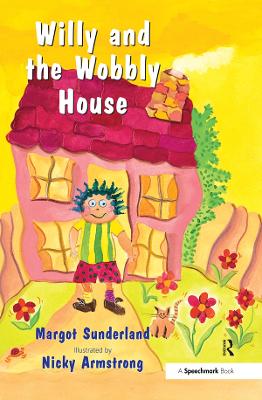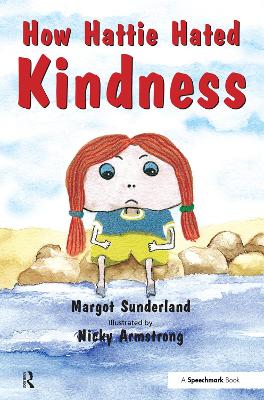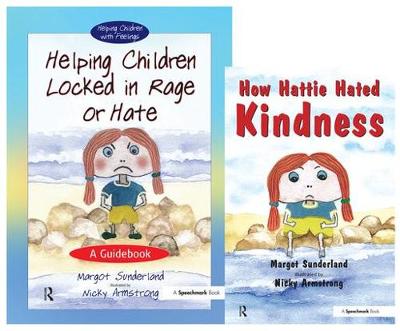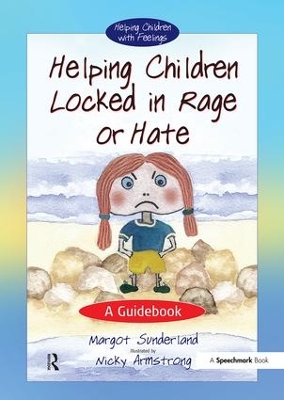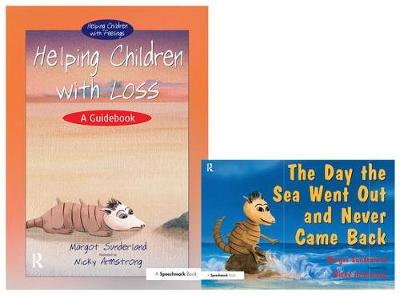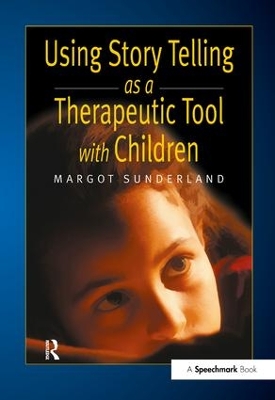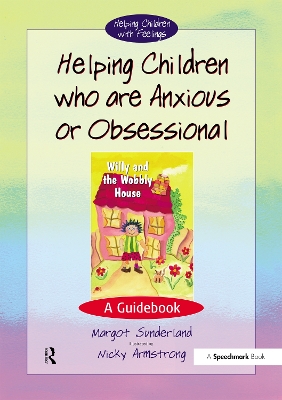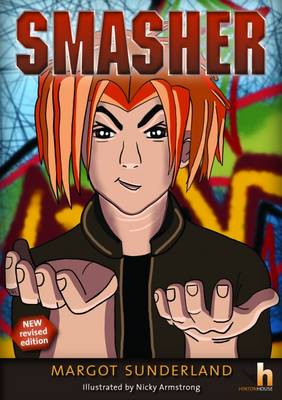Helping Children with Feelings
36 total works
The Frog Who Longed for the Moon to Smile
by Margot Sunderland and Nicky Armstrong
Helping Children Who Bottle Up Their Feelings
by Margot Sunderland and Nicky Hancock
Helping Children Pursue their Hopes and Dreams & A Pea Called Mildred
by Margot Sunderland and Nicky Hancock
This practical guidebook, with a beautifully-illustrated storybook, enables teachers, parents and professionals to help children aged 4-12 connect with unresolved feelings affecting their behaviour.
This is a guidebook to help children who:
- have been given too little encouragement to follow their hopes and dreams
- are too despondent or defeated to go after their hopes or their dreams
- are too busy surviving, so hopes and dreams are a luxury they cannot afford
- think that hopes and dreams are just for other people
- do not follow their dreams because they are too afraid of failing
- are following somebody else's star"; and "only dream small dreams for themselves, from a fear of being big".
A Pea Called Mildred is a story to help children pursue their hopes and dreams. Mildred is a pea with dreams. She has great plans for her pea life. However, people are always telling her that dreams are pointless as she is just another ordinary pea. Eventually, with the help of a kind person along the way, Mildred ends up doing exactly what she has always dreamed of doing.
The Day the Sea Went Out and Never Came Back
by Margot Sunderland, Nicky Hancock, and Nicky Armstrong
How Hattie Hated Kindness is a story for children locked in rage or hate. Hattie lives by herself on an island. She likes sharks, and crabs and stinging centipedes. She likes anything hard and spiky. Lots of people try to bring kindness to Hattie on her island, but each time she is very horrid to them, smashing and spoiling everything they try to do for her. So after a while they all stop coming to the island. Hattie is very alone. So she sits by the water's edge and tries to figure out why she hates love and loves hate.
She thinks it must be because she is a very bad girl indeed. But the lapping water-over-her-toes helps Hattie to understand that because she'd been a very sad and frightened little girl in a too hard world, she had become hard too, so that the awful fear and the awful pain would go away. The lapping-water-over-her-toes helps Hattie to move from cruel to kind. In the end, Hattie builds a bridge to the warm and cosy world across the water.
Helping Children Locked in Rage or Hate & How Hattie Hated Kindness
by Margot Sunderland and Nicky Hancock
This practical guidebook, with a beautifully-illustrated storybook, enables teachers, parents and professionals to help children aged 4-12 connect with unresolved feelings affecting their behaviour.
This is a guidebook to help children who:
- hurt, hit, bite, smash, kick, shout, scream or who are out of control, hyperaroused or hyperactive
- can only discharge their angry feelings in verbal or physical attacks, rather than being able to think about and reflect on what they feel are angry because it is easier than feeling hurt or sad
- are locked in anger or rage because of sibling rivalry
- are controlling and punitive
- regularly defy authority or are diagnosed with a conduct disorder
- commit cold acts of cruelty, hurt animals or do not cry any more
- spoil, damage or destroy what others do or make
- create fear in others because they have locked away their own fears
- do not want to please people, cannot trust, have stopped looking for love or approval or truly believe they do not need anyone do not really know how to 'like' someone, and definitely do not know how to love someone or are affectionate only if they want something.
How Hattie Hated Kindness is a story for children locked in rage or hate. Hattie lives by herself on an island. Lots of people try to bring kindness to Hattie, but each time she is very horrid to them, smashing and spoiling everything they try to do for her. So after a while they all stop trying and Hattie is very alone. With the help of the lapping water-over-her-toes, Hattie understands that because she'd been a very sad and frightened little girl in a too hard world, she had become hard too, so that the awful fear and the awful pain would go away.
Helping Children Locked in Rage or Hate
by Margot Sunderland and Nicky Hancock
This is a guidebook to help children who:
- hurt, hit, bite, smash, kick, shout, scream or who are out of control, hyperaroused or hyperactive
- can only discharge their angry feelings in verbal or physical attacks, rather than being able to think about and reflect on what they feel
- are angry because it is easier than feeling hurt or sad
- are locked in anger or rage because of sibling rivalry
- are controlling and punitive
- regularly defy authority or are diagnosed with a conduct disorder
- commit cold acts of cruelty, hurt animals or do not cry any more; spoil, damage or destroy what others do or make
- create fear in others because they have locked away their own fears
- do not want to please people, cannot trust, have stopped looking for love or approval or truly believe they do not need anyone
- do not really know how to 'like' someone; and, definitely do not know how to love someone or are affectionate only if they want something.
Helping Children with Fear & Teenie Weenie in a Too Big World
by Margot Sunderland
This practical guidebook, with a beautifully-illustrated storybook, enables teachers, parents and professionals to help children aged 4-12 connect with unresolved feelings affecting their behaviour.
This is a guidebook to help children who:
- worry a lot or exhibit signs of ongoing anxiety
- experience the world as an unsafe place
- suffer from phobias, obsessions or nightmares
- are scared to tell someone that they are scared
- know a terrible loneliness
- feel insignificant in a world of adult giants
- feel defeated by life or need help in being assertive
- feel so impotent that their only way to feel any potency is to be mute.
Teenie Weenie in a Too Big World tells a story for fearful children. One day Teenie Weenie finds himself in a screechy, scary place. The worse it gets, the smaller Teenie Weenie feels. Teenie Weenie feels terrified and desperately alone. But after a while, with a Wip Wop bird and his friend Hoggie, Teenie Weenie learns about the power of together. He comes to know how very different things look when it's an us not just a me. And so, whenever Teenie Weenie finds himself struggling alone with something too difficult or too frightening, he finds some together.
Helping Children with Loss & The Day the Sea Went Out and Never Came Back
by Margot Sunderland and Nicky Hancock
This practical guidebook, with a beautifully-illustrated storybook, enables teachers, parents and professionals to help children aged 4-12 connect with unresolved feelings affecting their behaviour.
This is a guidebook to help children who:
- are suffering from the pain of loss or separation from someone or something they love deeply
- have had a parent, relative or important friend leave or die
- are obsessed with their absent parent
- have lost someone they love, but have never really mourned
- are trying to manage all their painful feelings of loss by themselves
- feel that they have lost the love of someone they love deeply
- are suffering from separation anxiety
- and are adopted or fostered children who miss their birth parent terribly.
The Day the Sea Went Out and Never Came Back is a story for children who have lost someone they love. Eric is a sand dragon who loves the sea very much. Each day, he watches it going out and coming back. But one day, the sea goes out and does not come back. Eric falls on the sand in terrible pain. It feels to him as if he has lost everything. After a while, Eric saves a wild flower by giving it some water. He starts to make a beautiful rock pool garden and, as he does, he finds the courage to feel the full pain of his loss, instead of closing his heart.

